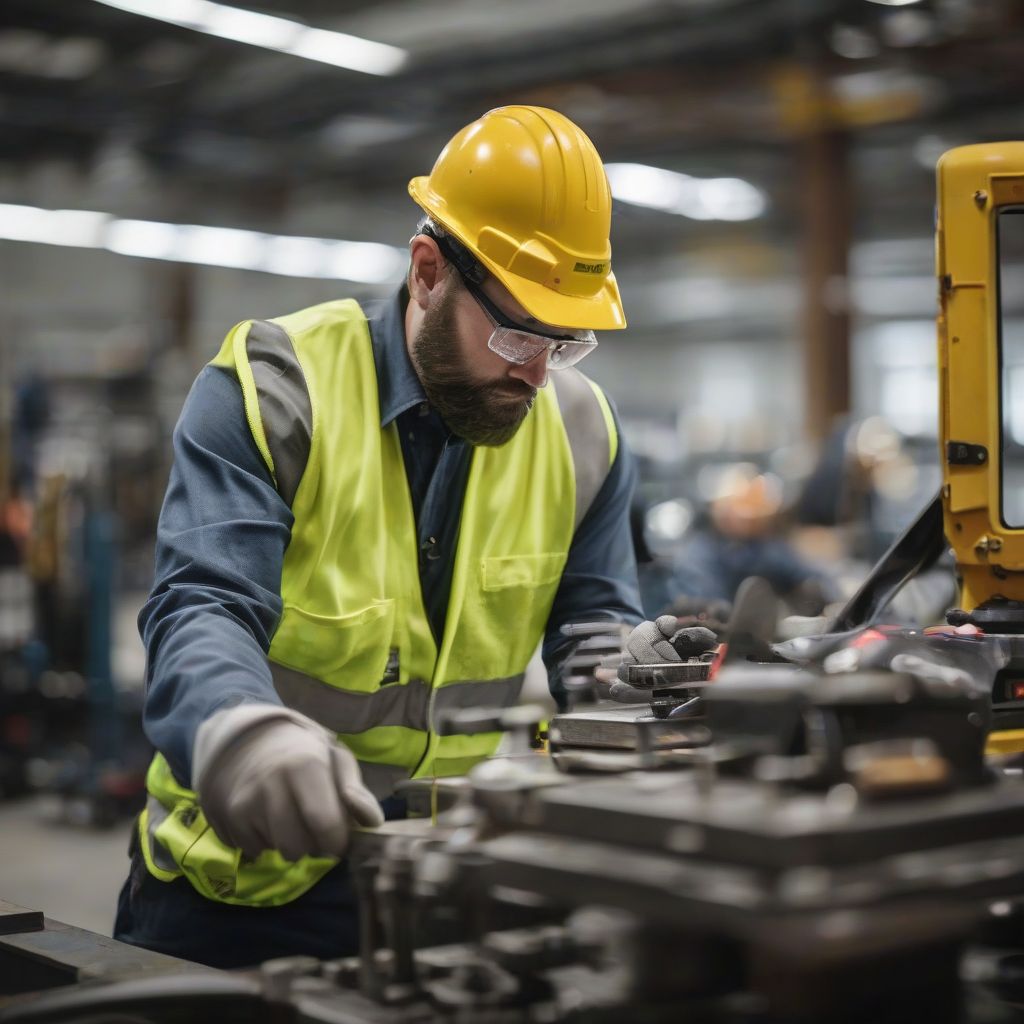Unlocking the Secrets Within: A Deep Dive into Industrial CT Scanning
In a world driven by innovation and efficiency, understanding the intricacies of complex systems is paramount. Whether it’s the energy sector, gas and oil pipelines, or intricate manufacturing processes, having a clear picture of what lies beneath the surface is crucial. This is where Industrial Ct Scanning emerges as a game-changer, revolutionizing how industries inspect, analyze, and optimize their operations.
What is Industrial Ct Scanning and Why is it Important?
Industrial CT scanning, akin to its medical counterpart, utilizes X-rays to create detailed 3D representations of objects. However, industrial CT scanners are engineered to penetrate denser materials like metal, concrete, and composites, revealing internal structures and flaws invisible to the naked eye.
This technology is vital for several reasons:
- Non-Destructive Testing (NDT): Industrial CT scanning allows for inspection without damaging the object, crucial for valuable or irreplaceable components.
- Flaw Detection: Identifying internal cracks, voids, porosity, or inclusions is essential for ensuring product integrity and preventing failures.
- Dimensional Analysis: Precise measurements and geometric analysis ensure components meet stringent industry standards.
- Reverse Engineering: Industrial CT scanning aids in understanding the design and construction of existing objects, valuable for replication or improvement.
Delving Deeper: Common Questions About Industrial Ct Scanning
As with any advanced technology, industrial CT scanning raises many questions. Let’s explore some of the most common:
- How does industrial CT scanning differ from traditional X-ray inspection? While traditional X-rays provide a 2D projection, industrial CT scanning creates a complete 3D model, revealing flaws at any depth or orientation.
- What industries benefit from industrial CT scanning? The applications are vast, spanning aerospace, automotive, manufacturing, energy, and research and development.
- What are the limitations of industrial CT scanning? Size and density limitations exist, and highly dense materials may require more powerful scanners.
Beyond the Surface: Advanced Applications and Considerations
Industrial CT scanning is not limited to simple flaw detection. Its capabilities extend to:
- Assembly Analysis: Verifying the correct assembly of complex components and identifying misalignments.
- Material Characterization: Determining the composition and properties of materials, crucial for quality control.
- 4D CT Scanning: Analyzing dynamic processes like fluid flow or material deformation under stress over time.
When considering industrial CT scanning, several factors are critical:
- Resolution Requirements: The level of detail needed dictates the scanner type and settings.
- Material Density: Highly dense materials may require higher energy X-ray sources.
- Cost-Benefit Analysis: Weighing the benefits of early flaw detection against the investment in scanning technology.
Conclusion: Embracing the Power of Industrial Ct Scanning
Industrial CT scanning has become an indispensable tool across industries, providing unparalleled insights into the integrity and performance of critical components. By embracing this technology, businesses can enhance quality control, optimize design processes, and ensure the safety and reliability of their products and infrastructure. As technology advances, industrial CT scanning promises even greater capabilities, further revolutionizing the way we design, manufacture, and maintain the world around us.

Leave a Comment